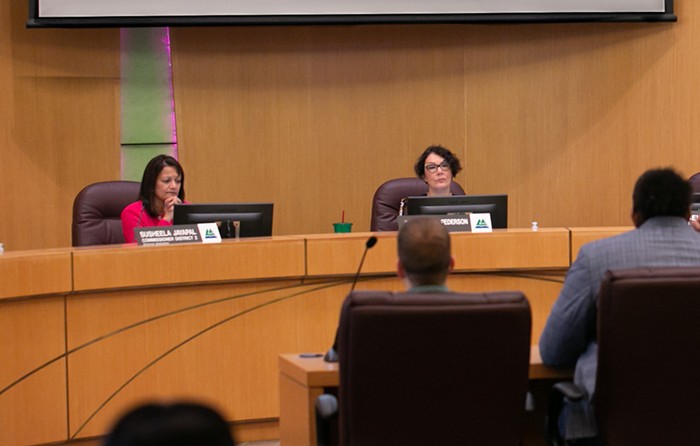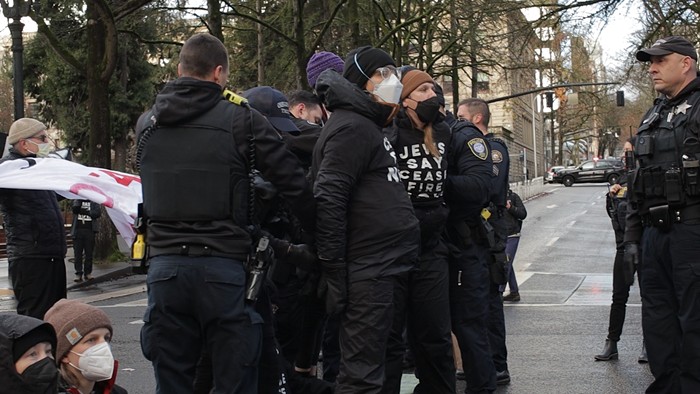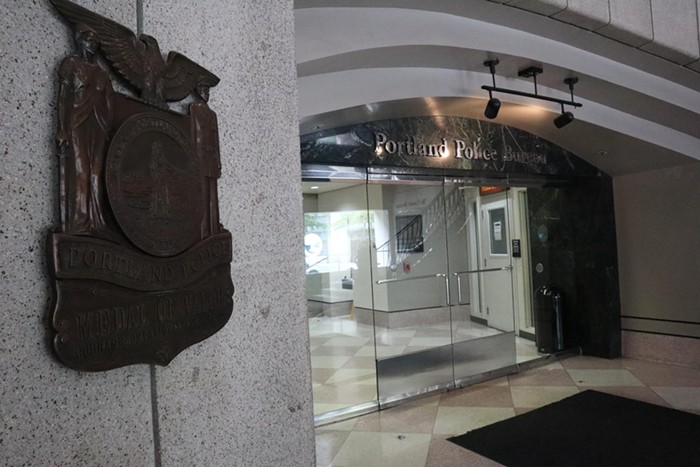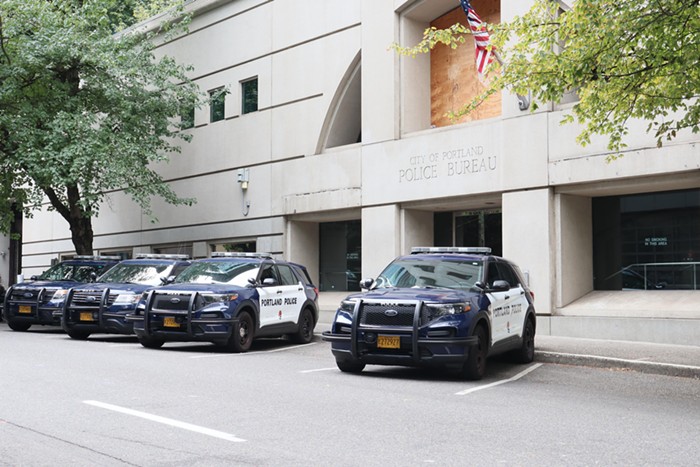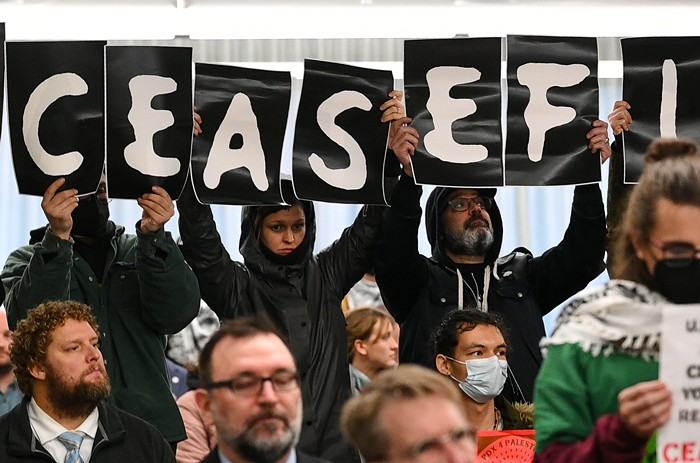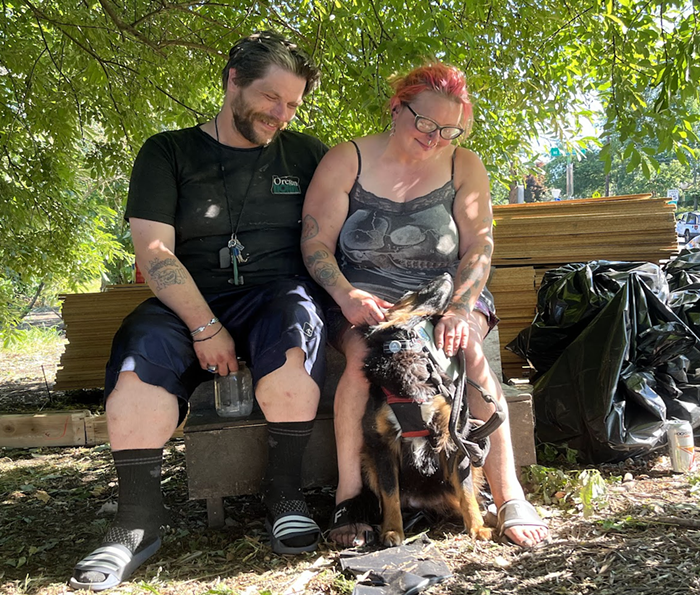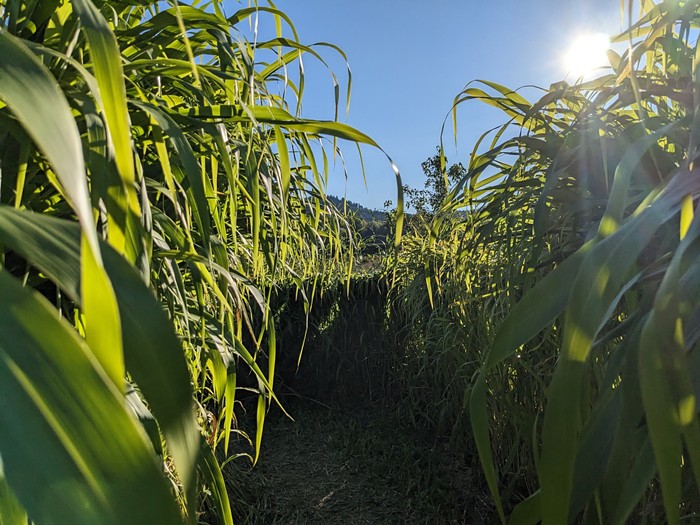Years after Commissioner Dan Saltzman figured Portland's fire bureau do its business more quickly by letting fancy SUVs handle the medical calls that dominate its workload, the city finally gave the idea an earnest spin last year.
Saltzman and Mayor Charlie Hales worked out a budget deal with the fire bureau and Portland Firefighters Union sticking four of the light trucks (aka Rapid Response Vehicles, or RRVs) at four fire stations—with funding to run the things all day, every day. That agreement also required a six-month check-in with the city council meant to answer how the RRV program was working.
And the answer, according to a fire bureau report headed to council this week, is pretty good.
So far. In the most encouraging finding, the four stations hosting the RRVs have all seen significant increases in their overall response times. Saltzman, fire commissioner since this summer, had long argued that using RRVs for lower-priority medical calls would free up the bureau's more heavily staffed engines and ladder trucks for serious calls. The data seems to show he was right.

The RRVs also saved the bureau some cash, albeit slightly. RRVs travel farther than the big rigs, but get five to six times as many miles per gallon as one of the bureau's larger rescue vehicles. The RRVs also spare the big vehicles—which cost hundreds of thousands of dollars to replace—unnecessary wear and tear.
Read the whole report here (pdf).
